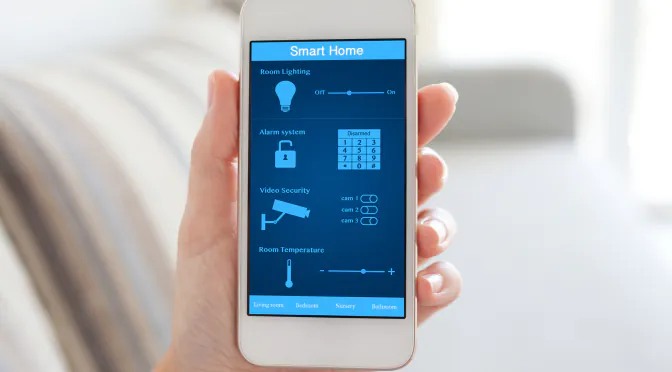The growth of smart buildings has been exceptionally slow. Technological challenges have been one major reason behind the delay in the adoption of the concept of smart buildings. But, as per our industry experts, building automation systems (BAS) has given a new lease of life to smart buildings.
How building automation systems is transforming traditional buildings into ‘smart’ ones?
1. Better energy management
Improved management of energy is the very foundation of smart buildings. BAS manages the energy used by the buildings by controlling its heating and cooling processes. On an average every business can save between 5-30% of their utility costs by intelligently managing lighting systems and HVAC.
Of late, with the arrival of wireless BAS every zone of the building can be monitored, and energy adjustments can be made accordingly. This is not all, one can even remotely manage the lighting systems of the building and bring down the energy costs as well.
2. Enhanced security
Features like turning the lights off, or programming doors to lock up at a specified time, are the extra perks of securing your building with building automation systems. Well, the nature of security needed depends a lot on the kind of business conducted in the building. But the point remains that, as and when needed the BAS sends out notifications to the appropriate personnel regarding breach in security.
3. Caring for the environment
Businesses now do not just want to be known for the quality of their products alone. Rather they are working towards enhancing their brand value by following GMP, CSR activities, and working towards a greener and cleaner earth.
BAS not only brings down the greenhouse effect by reducing the energy usage of the building, but its integration with the plumbing systems also optimizes the usage of precious resources like water. Moreover, adoption of BAS enables businesses reap extra benefits in the form of tax relaxation from government agencies as well.
Overall, BAS is one building management solution through which immense environmental and financial benefits can be gained. In fact, our industry experts see it as one solution which is apt for commercial, industrial, as well as residential properties. Any plan of designing a smart building or even a smart city for that matter, is incomplete without having automated building controls at place.
Read: Is Building Automation System the Future of Sustainable Building Maintenance?
BIoT: Building automation systems + IoT
From the movement of “smart everything”, to the reality of developing smarter buildings and cities, there has been one major leap in the sphere of smart building technology.
By itself, BAS is a disruptive class of technology, and from the past 30 years the industry has been working to bring in full time connectivity across various building structures. The only drawback of this technology has been its high cost factor and lack of robustness. Coincidentally, IoT has also been growing in parallel with BAS; which explains why it is only natural to merge these two technologies and come up with something which is easily scalable without getting cost-intensive.
Given the adoption of smart buildings has been painfully slow, building owners and facility managers are optimistic about the synergy of IoT and building management systems. As building internet of things (BIoT) employs one common IP platform to link all the sensors and devices, it has gotten all the attention of manufacturers and industry experts. This morphing of BAS services with IoT has proved to be a major improvement over the current operational deficiencies, drawing immense investments in BIoT systems.
Read: IoT Partners M2M Communication to Smarten Up Homes
Can BAS transform buildings to behave like humans?
BAS undoubtedly is the future of smart buildings. By bringing IoT services and Big Data into picture the functionality of buildings can be fine-tuned with least human intervention.
Developers now are taking a step further and looking for ways in which BAS can make buildings behave like humans. As far-fetched as this idea may seem, construction firms are working on achieving this feat by merging AI with the building facilities.
Final Takeway: To design buildings which are just like living structures, it is essential to have a clear understanding on how various systems can connect and operate together. Through BAS, Big Data, and AI-driven systems, one can design buildings which will listen to its internal issues and respond accordingly. Though a good amount of research is yet to take place in this area; it will not be surprising to come across smart buildings which are more human-like due to the convergence of BAS and IoT.



